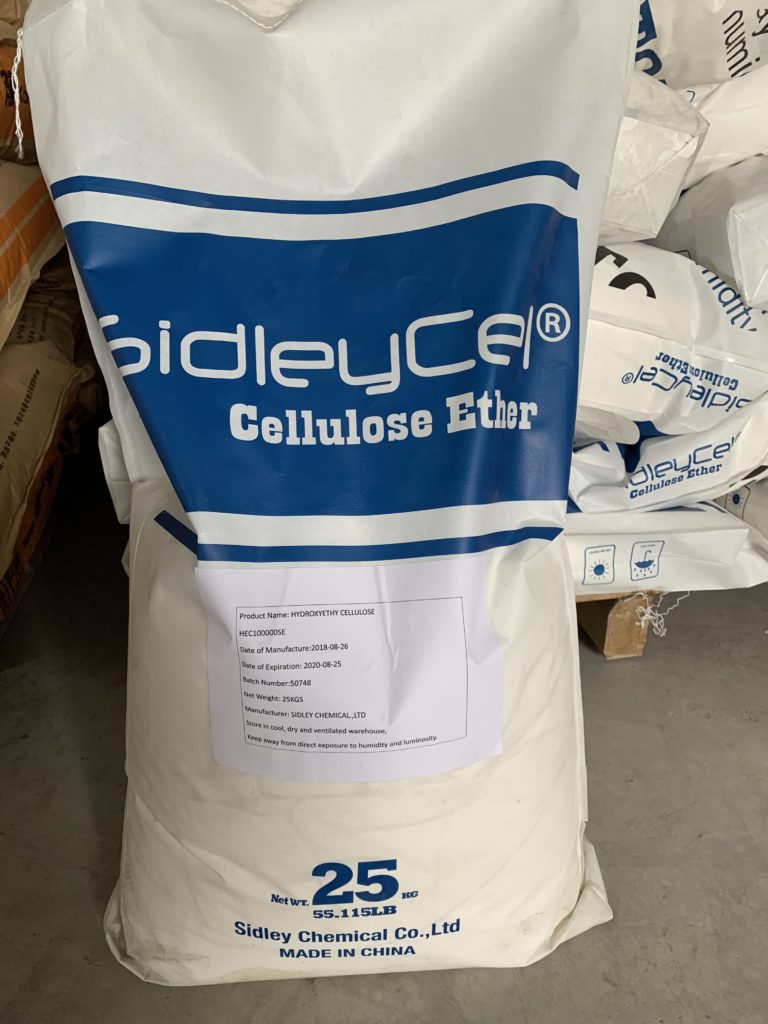Properties of Cellulose Ether in Mortar

The most important characteristic of cellulose ether (Hydroxypropyl Methylcellulose(HPMC) is its water retaining capacity in building materials. As water also plays a role of lubrication and mixing in the inorganic composition, sufficient moisture can meet the requirement of construction. Thus thin layer of sand mortar can be easy to card or repeatedly plaster to be leveled. In addition, due to the addition of cellulose ether in mortar, wall bricks do not require wetting before plastering, which makes construction more efficient.
Certain amount of cellulose ether adding into cement can keep the moisture and hydration for longer time, which increases the adhesive to substrates-
- The addition ration of cellulose ether determines the water retaining capacity, while the ration is determined by the water absorption of substrates, the composition of mortar, the thickness of mortar layer, the water demand of mortar, the setting time of adhesive and other factors.
- The water retention rate depends on the amount of water required to keep the mortar mixed over a period of time. The measurement of water retention of cellulose ether in mortar usually adopts by filter paper method and vacuum extraction method.
- With the increase of viscosity, the water retention of mortar increased with the same content of cellulose ether. With the increase of cellulose ether content and viscosity, the water retention rate of mortar increases. When the content of cellulose ether exceeds 0.3%, the change of water retention rate of mortar is insignificant and tends to balance.
- The water retention capacity of mortar is largely controlled by the dissolution time which is affected by the particle size. The thinner cellulose ether it is, the dissolves faster and the water retention performance develops faster.
While using continuous working plastering equipment in construction, due to the limitation of mixing time, finer powder or very fine powder of cellulose can meet the product requirements better; for manual plastering, normal fine powder cellulose can meet the requirements.
- The solubility and temperature of cellulose ether in water are dependent on the degree of etherification. The higher the temperature, the lower the water retention. The higher the degree of etherification of cellulose ether, the better the water retention of cellulose ether at high temperature.
During the application, a fresh mixed mortar is usually used under the temperature of 35 ° C, but under special conditions, the temperature can also achieve even more than 40 ° C. In this case, the formulation needs to be adjusted, the right kind of cellulose ether should be selected as well as other components.
